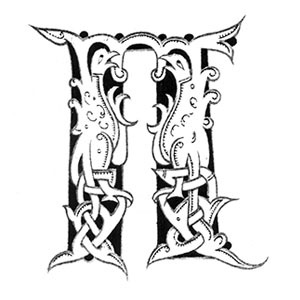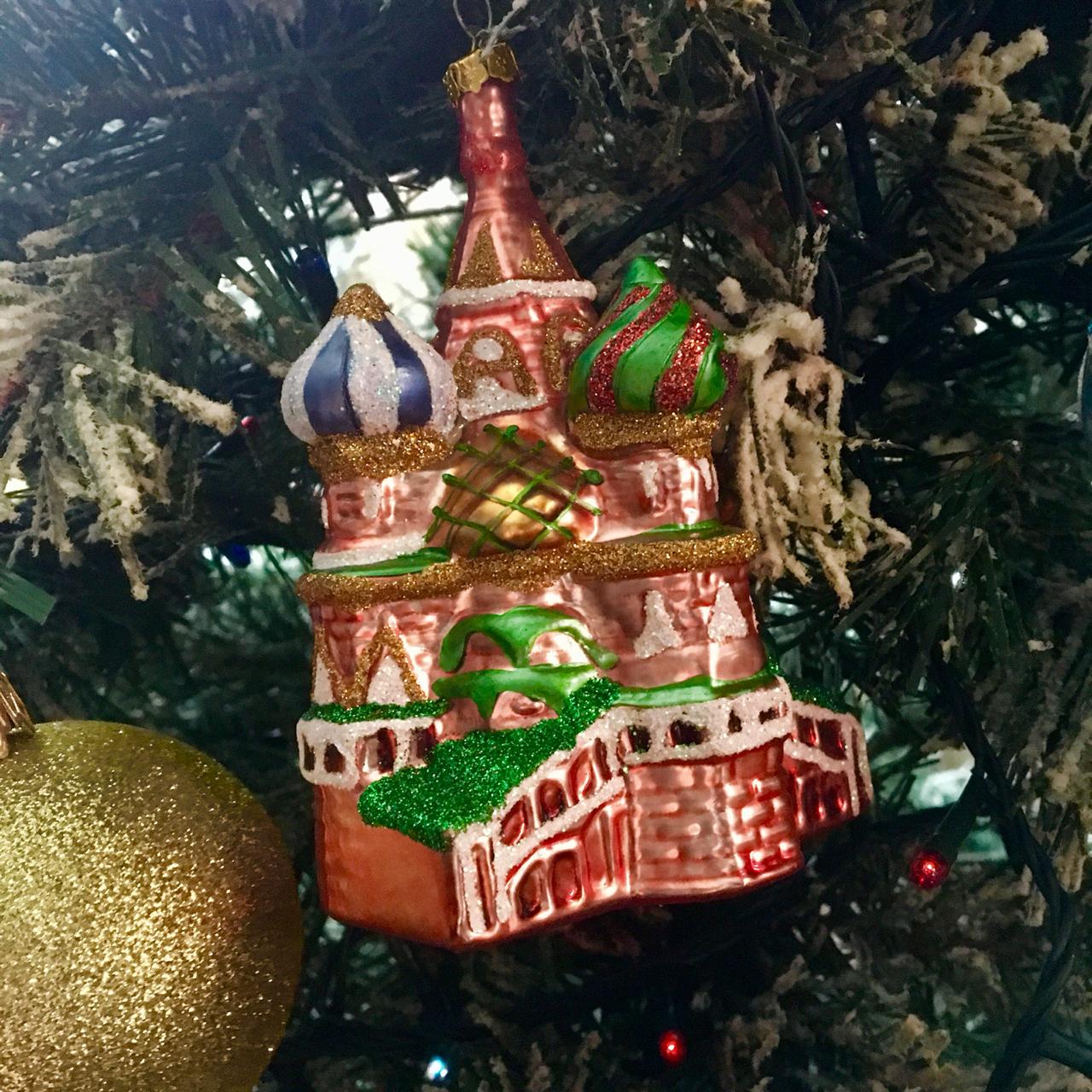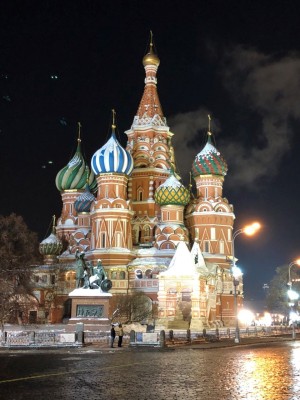Our students often ask about Russian punctuation rules. The thing is – Russian punctuation is strictly regulated. Unlike English, the Russian language has a long and detailed set of rules, describing the use of commas, semi colons, dashes etc.
Very few people, even educated ones, use punctuation marks in Russian 100 per cent correctly. Most Russian native speakers, however, know a few basic punctuation rules and stick to them. Here are 10 basic rules of Russian punctuation that most Russian native speakers know and observe:
1. A comma is always put before conjunctions: что, кто, который, где, когда, как, потому что, чтобы еtc. These conjunctions introduce a subordinate clause, and there should always be a comma between the two parts (clauses) of a sentence. For example: Он Ñказал, что ему нравитÑÑ Ð›Ð¾Ð½Ð´Ð¾Ð½. Я ÑпроÑил, где он живёт.
2. If the subordinate clause is inserted in the middle of the main sentence, it is separated by a comma on both sides. For example: Мой друг, который живёт в Лондоне, позвонил мне вчера. Дом, где он живёт, очень Ñтарый.
3. A comma is put before the conjunctions Ð, И, ÐО when they introduce a separate part (clause) of a sentence. The thing to watch out for is the presence of a separate subject in the next clause of a complex sentence.
For example: Она открыла дверь, и в комнату вошёл её муж. You need a comma here because there is a separate subject in each part of the sentence.
But: Она открыла дверь и вышла из комнаты. No comma here because the subject is the same and the two actions are performed by the same person. (They are called homogeneous predicates).
4. A comma is used to separate a participle construction if it is positioned after the word that it defines. For example: Мы увидели птицу, летÑщую в небе.
If the sentence continues, a comma is needed at the end of the participle construction: Мы увидели птицу, летÑщую в небе, и поÑмотрели не неё.
However, if the participle construction precedes the word that it is related to, there is no comma. For example: Мы поÑмотрели на летÑщую в небе птицу.
5. A semi colon is used before an enumeration. For example: Ðа Ñтоле лежали фрукты: Ñблоки, груши, абрикоÑÑ‹.
But if the enumeration precedes the main clause, then we use a dash. For example: Яблоки, груши, абрикоÑÑ‹ – вÑе Ñти фрукты лежали на Ñтоле.
6. In a string of homogeneous parts in a sentence, we use commas. But a comma disappears before the conjunction И. For example:
День был жарким, Ñухим и Ñолнечным. But: День был жарким, Ñухим, Ñолнечным.
Он пришёл домой, ÑнÑл пальто и включил телевизор. But: Он пришёл домой, ÑнÑл пальто, включил телевизор.
7. For direct speech and quotations, we use inverted commas, a comma and a dash:
“Я нигде не была Ñтим летом”, – Ñказала она.
Or, if we change the word order, inverted commas and a semi-colon are used: Она Ñказала: “Я нигде не была Ñтим летом.”
8. There is something in Russian punctuation that English native speakers find rather odd: we use exclamation marks in letters/emails, even formal ones, after the address (where a comma is normally used in English). For example:
Дорогой Иван Иванович! Уважаемые паÑÑажиры! Дорогие друзьÑ!
In Russian, we generally use exclamation marks more than in English. In informal writing, people often use several exclamation marks instead of one (or even none), which makes the whole style of communication somewhat hysterical, to an English speaker!!!
9. A dash is used for “parenthetical insertions” – that is, separate parts of the sentence explaining or specifying something. For example:
Ð’ÑÑ ÐµÐ³Ð¾ ÑÐµÐ¼ÑŒÑ – от Ñтарой бабушки до маленького Ñына – очень любила футбол.
Or, in the same context, the use of brackets is permissible.
10. Commas must be used to separate an insertion consisting of one word – such words as “for example”, “perhaps”, “thus” etc. For example: Можно Ñказать, что запÑтые в руÑÑком Ñзыке, наверное, употреблÑÑŽÑ‚ÑÑ Ñ‡Ð°Ñ‰Ðµ, чем в английÑком. There are quite a lot of commas in this sentence, as you can see, and missing even one would be incorrect.
As you can imagine, there are many more rules. But textbooks of Russian as a foreign language usually do not have any information on punctuation. This us understandable: the priority for a foreign student of Russian is to learn the grammar and vocabulary, and punctuation is seen as a minor point that would not stand in the way of understanding and communication. So if you would like to familiarise yourself with detailed punctuation rules, the best books to use are the school textbooks for Russian children.
When Russian native speakers learn English, they expect to find a strict set of punctuation rules, and failing to do so, get confused. The idea of the author’s choice of punctuation is completely alien for Russians. The concept of “under punctuation” and “over punctuation” seems, to be honest, weird even to me, with my 30 year experience of learning and writing in English. We, Russians, are used to the language being regulated by a set of norms and rules. Perhaps that is one of the reasons why Russian is so uniform and standardised in the whole vast Russian speaking world. But that’s a topic for another blog!




